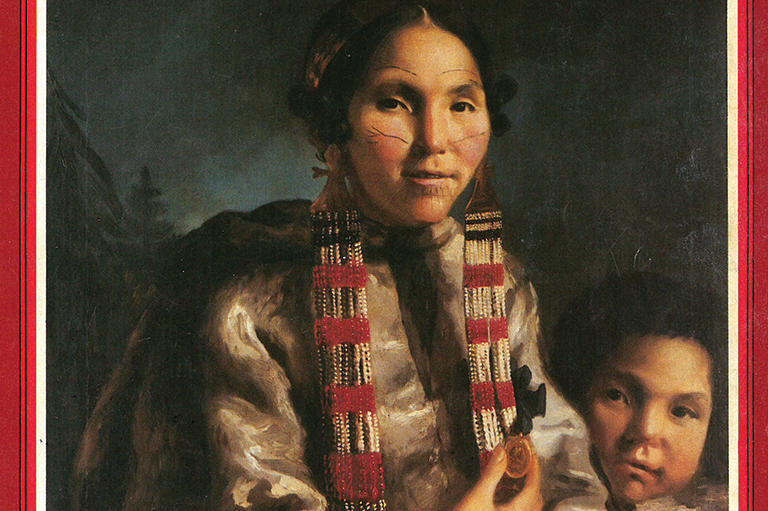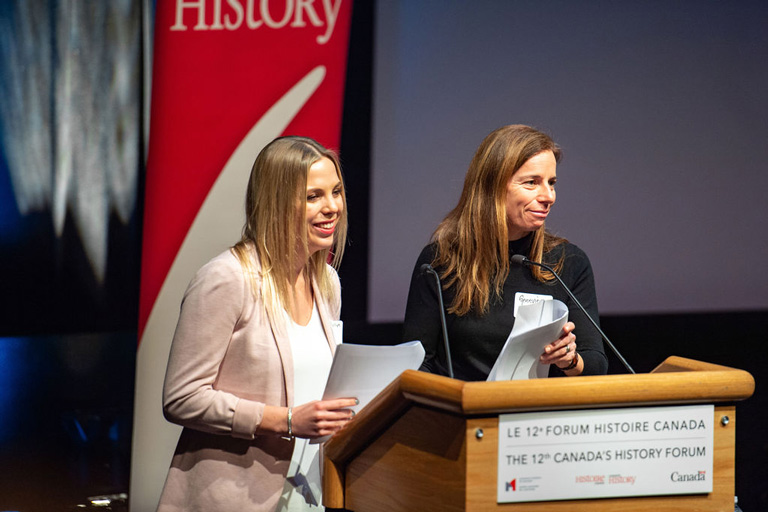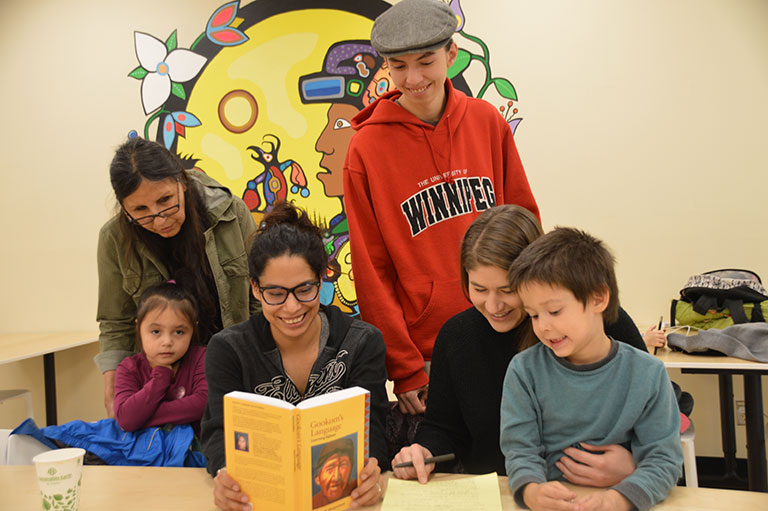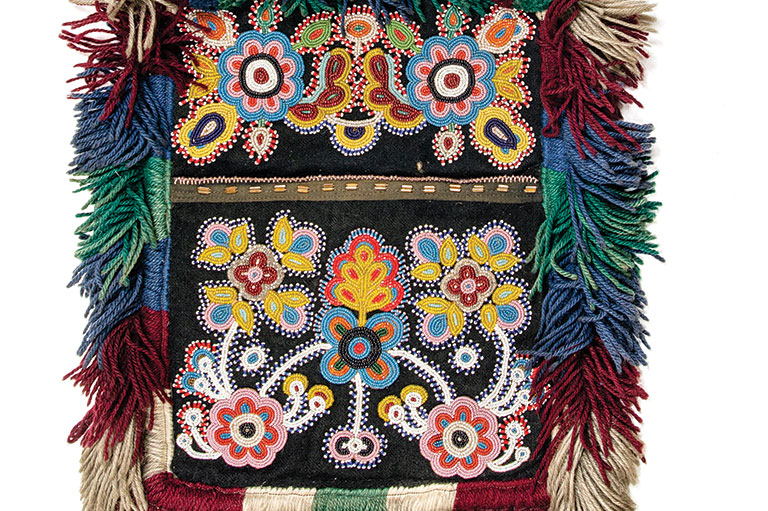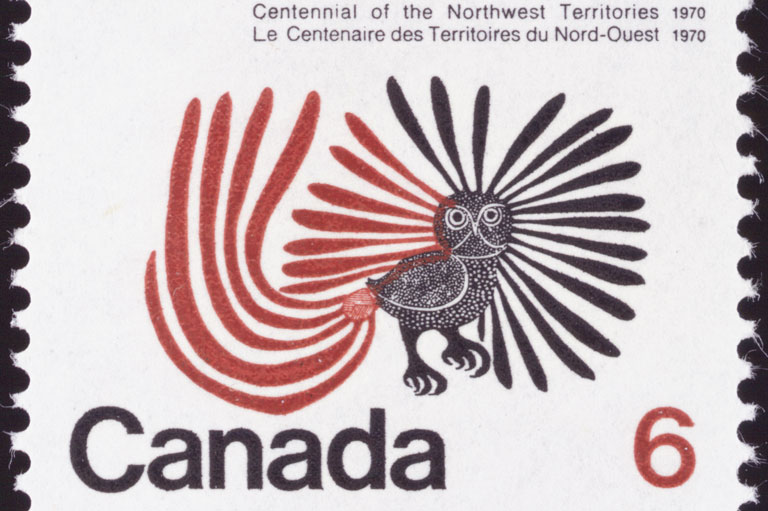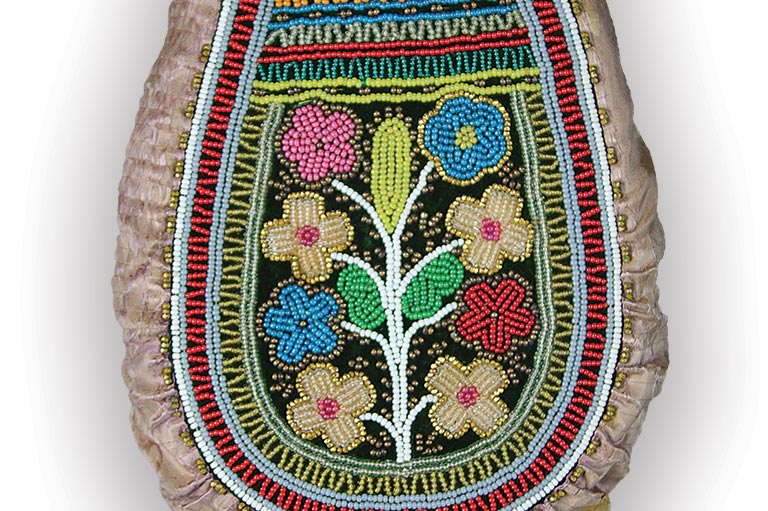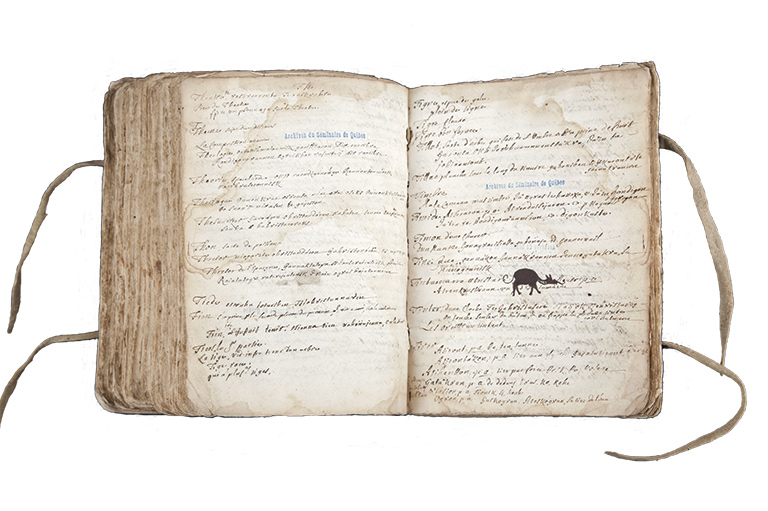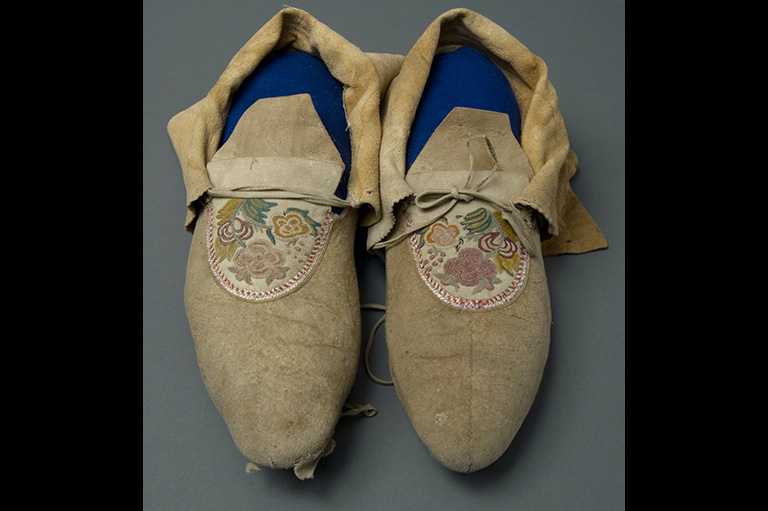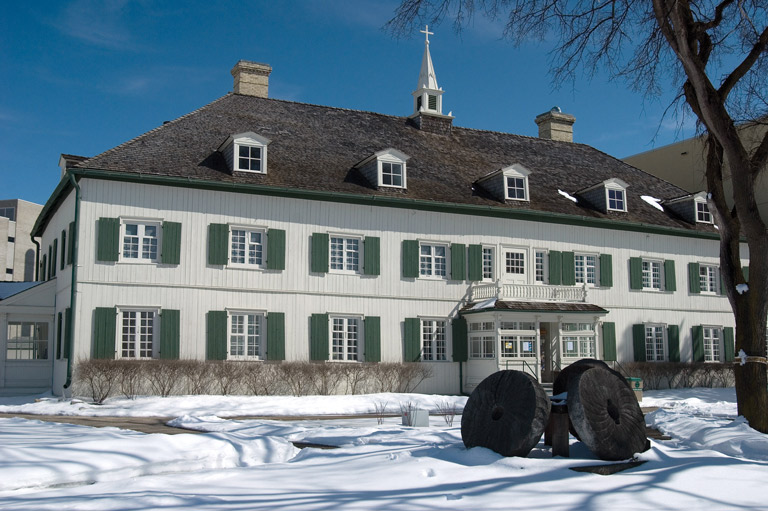Home Front Hero
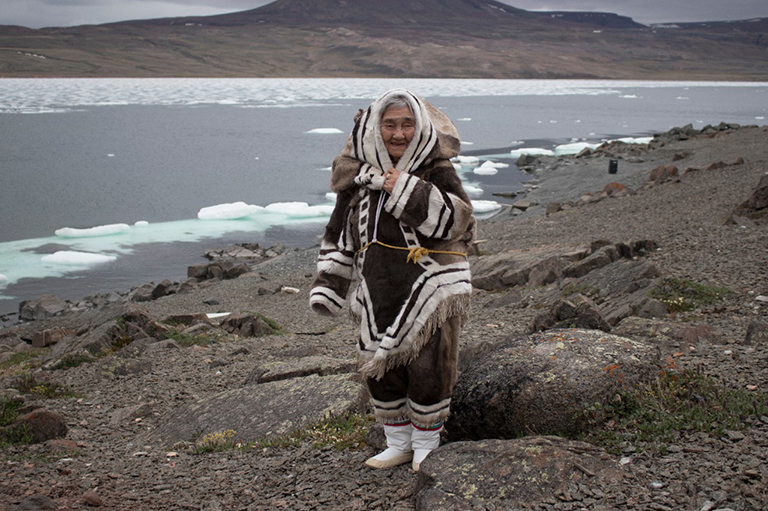
A ninety-nine-year-old Inuk woman who contributed to Canada’s Second World War efforts in a unique and little-known way has been recognized by the government of Canada.
Qapik Attagutsiak was named a Hometown Hero by Parks Canada during a January 27 ceremony for work she did as a teenager during the war. Attagutsiak gathered animal carcasses and bones that were transformed into munitions, aircraft glue, and fertilizer.
The story of how Inuit were recruited into helping with the war effort is not widely known, according to the federal government.
Attagutsiak is the last surviving person who took part in the work.
On September 10, 1939, two days after Canada entered into the war, Parliament passed the Department of Munitions and Supply Act to centralize and to coordinate the sourcing of raw materials and industrial production.
Canadians were encouraged through public campaigns to collect bones, fats, metal, rags, and paper. The response to these appeals was “very positive despite the unglamorous nature of the task,” Parks Canada said in a press release, and resulted in millions of kilograms of materials being collected.
In a 2018 interview with Parks Canada, Attagutsiak spoke about the difficult and sometimes-harrowing experiences she dealt with while collecting materials.
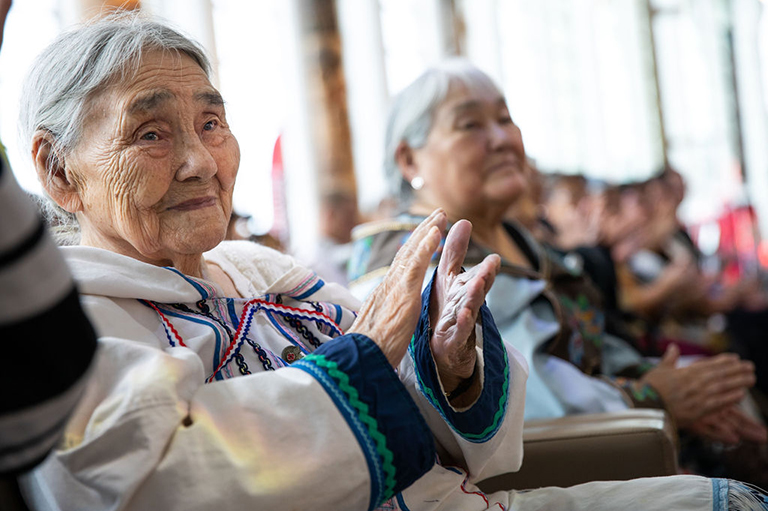
“We were terrified beyond belief,” Attagutsiak said. “The bones were bloody, and even if they have meat on the bones they [officials] did not mind that; we would bag them.”
In the interview, she also spoke about her fear of collecting carcasses that were sometimes “covered in maggots.” She added, “I suppose that it was worth it just as long as we win.”
Attagutsiak was born on June 11, 1920, at Siuraq in what is now Nunavut. She continues to live similarly to how she did when she was growing up.
She resides in a qarmaq hut, a traditional dwelling that is a hybrid of a tent and an igloo, and she depends on seal-oil lamps for heat and cooking during the winter. She resides in a tent during the summer months.
As an elder, Attagutsiak continues to support her community by teaching skills and sharing knowledge with younger generations, as well as by encouraging young Inuit to embrace their culture and background.
With 7 uniquely curated newsletters to choose from, we have something for everyone.
At Canada’s History, we highlight our nation’s past by telling stories that illuminate the people, places, and events that unite us as Canadians, while understanding that diverse past experiences can shape multiple perceptions of our history.
Canada’s History is a registered charity. Generous contributions from readers like you help us explore and celebrate Canada’s diverse stories and make them accessible to all through our free online content.
Please donate to Canada’s History today. Thank you!
Themes associated with this article
Advertisement
You might also like...

Beautiful woven all-silk necktie — burgundy with small silver beaver images throughout. Made exclusively for Canada's History.

